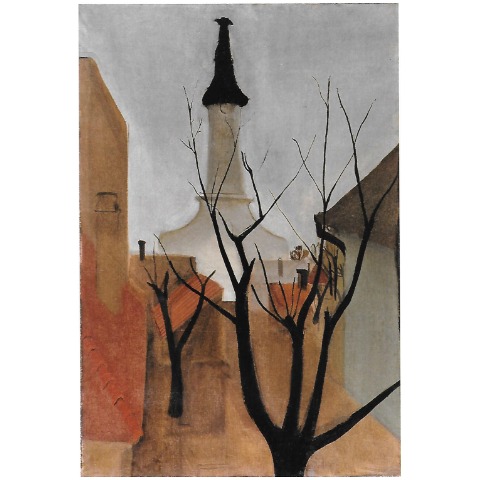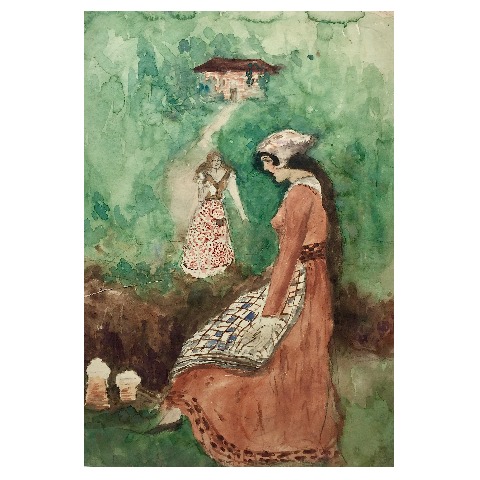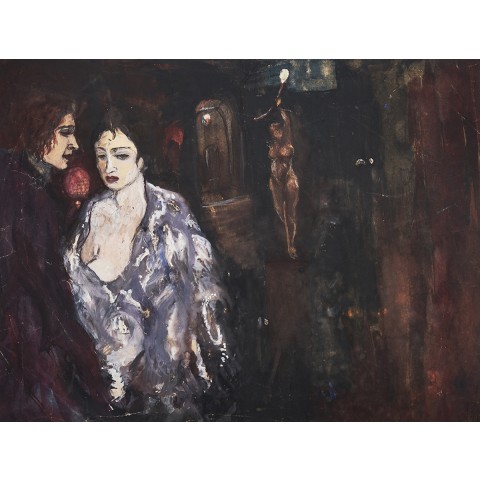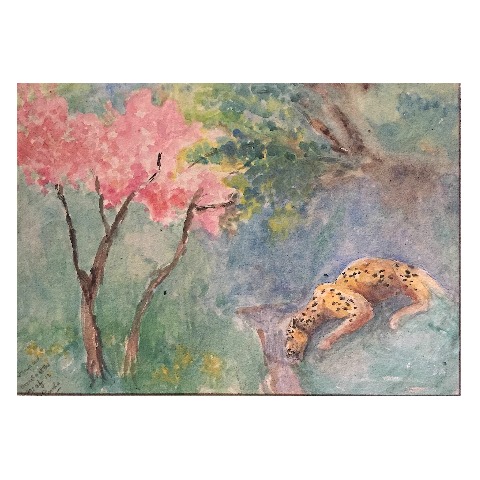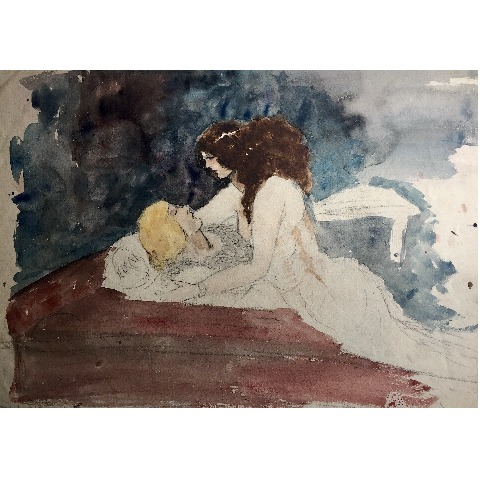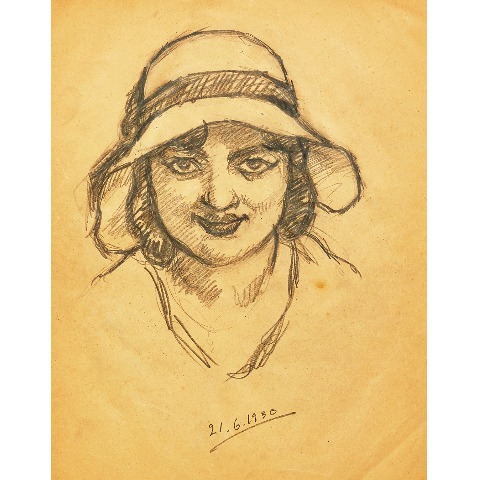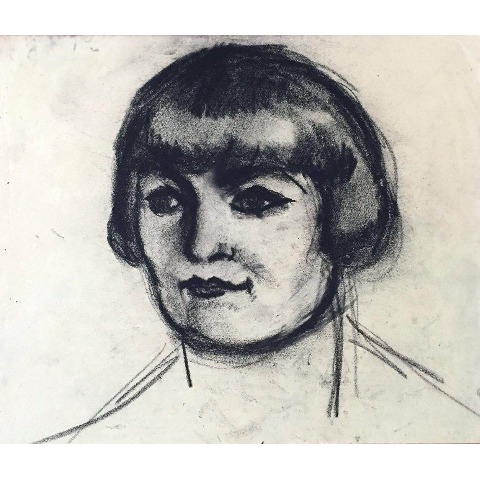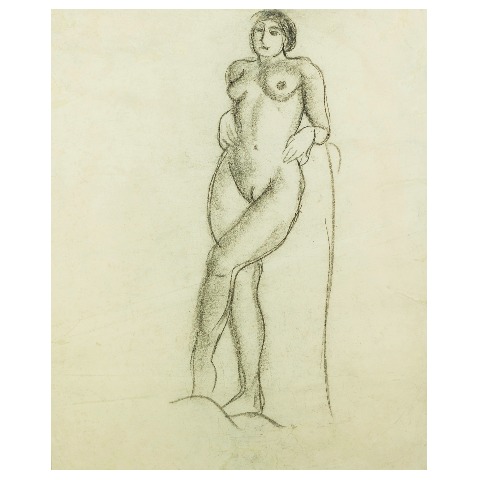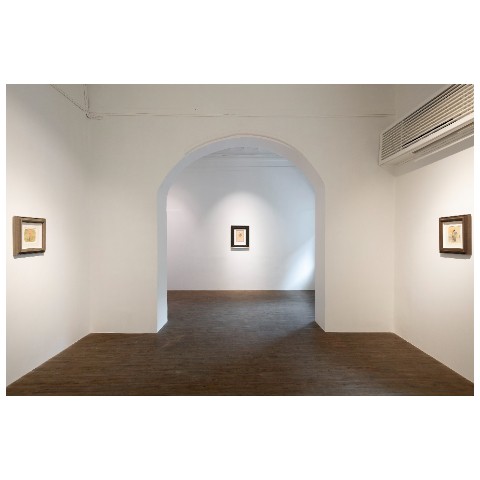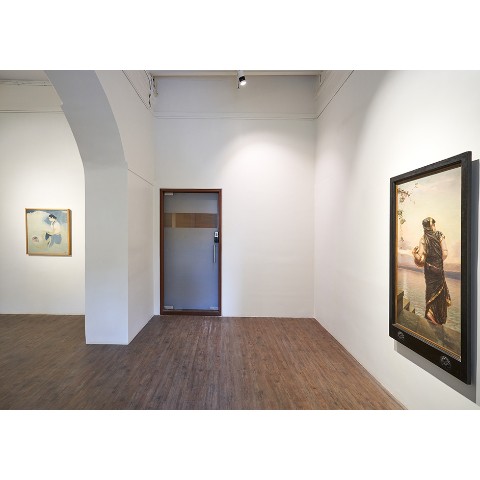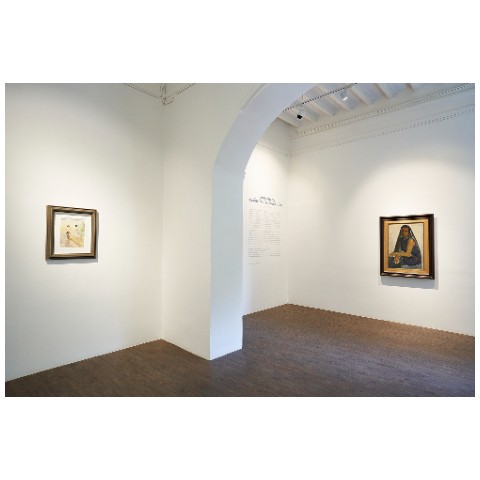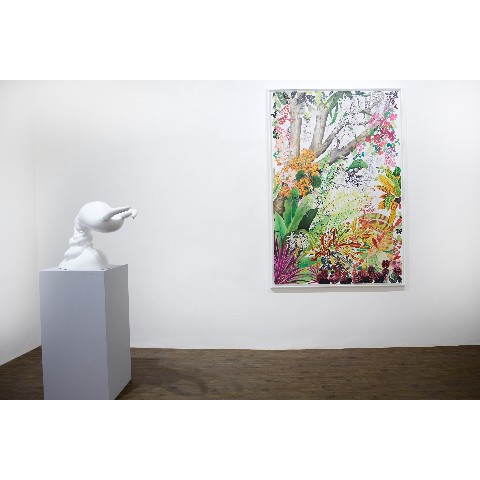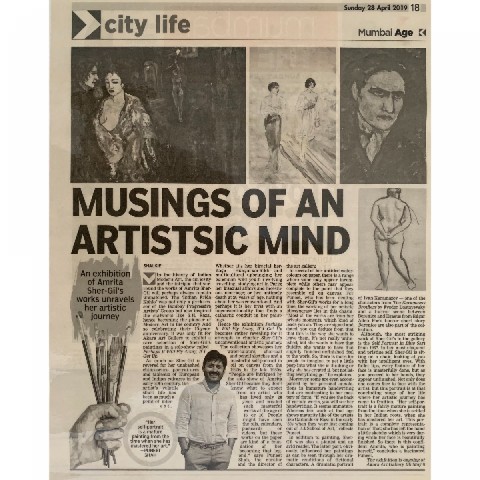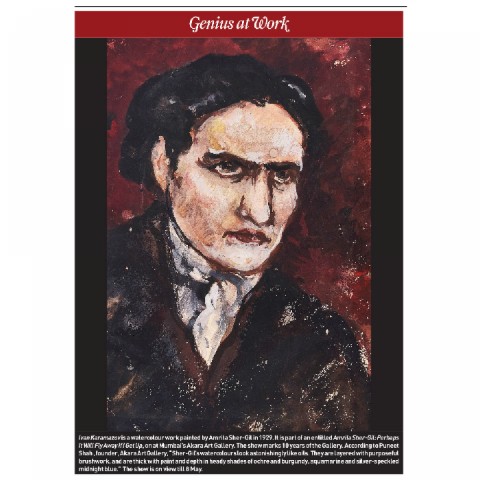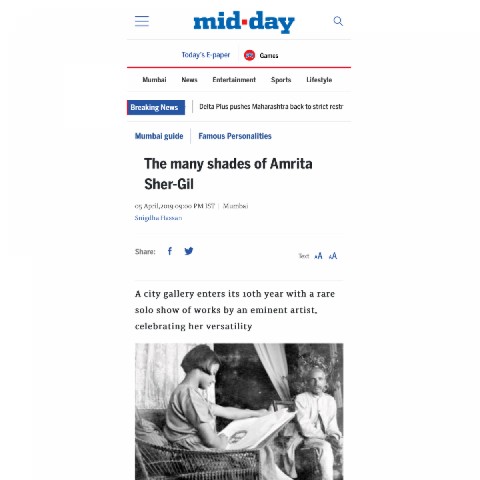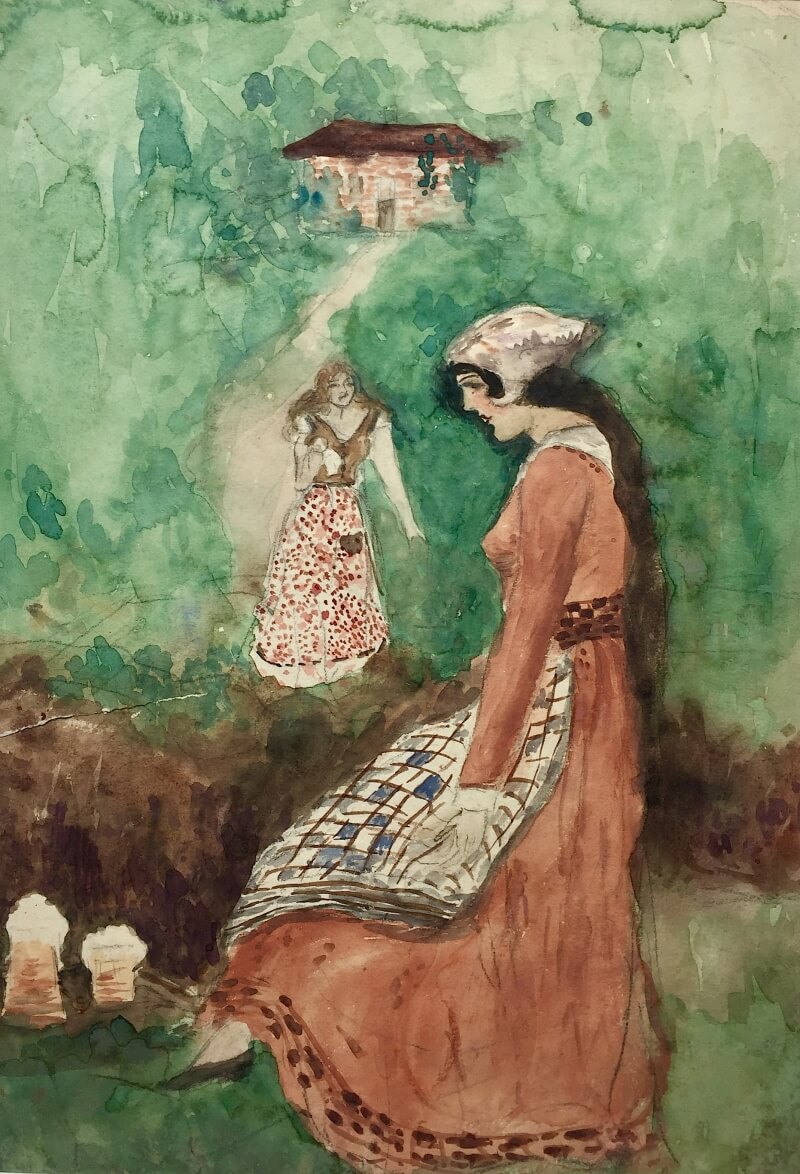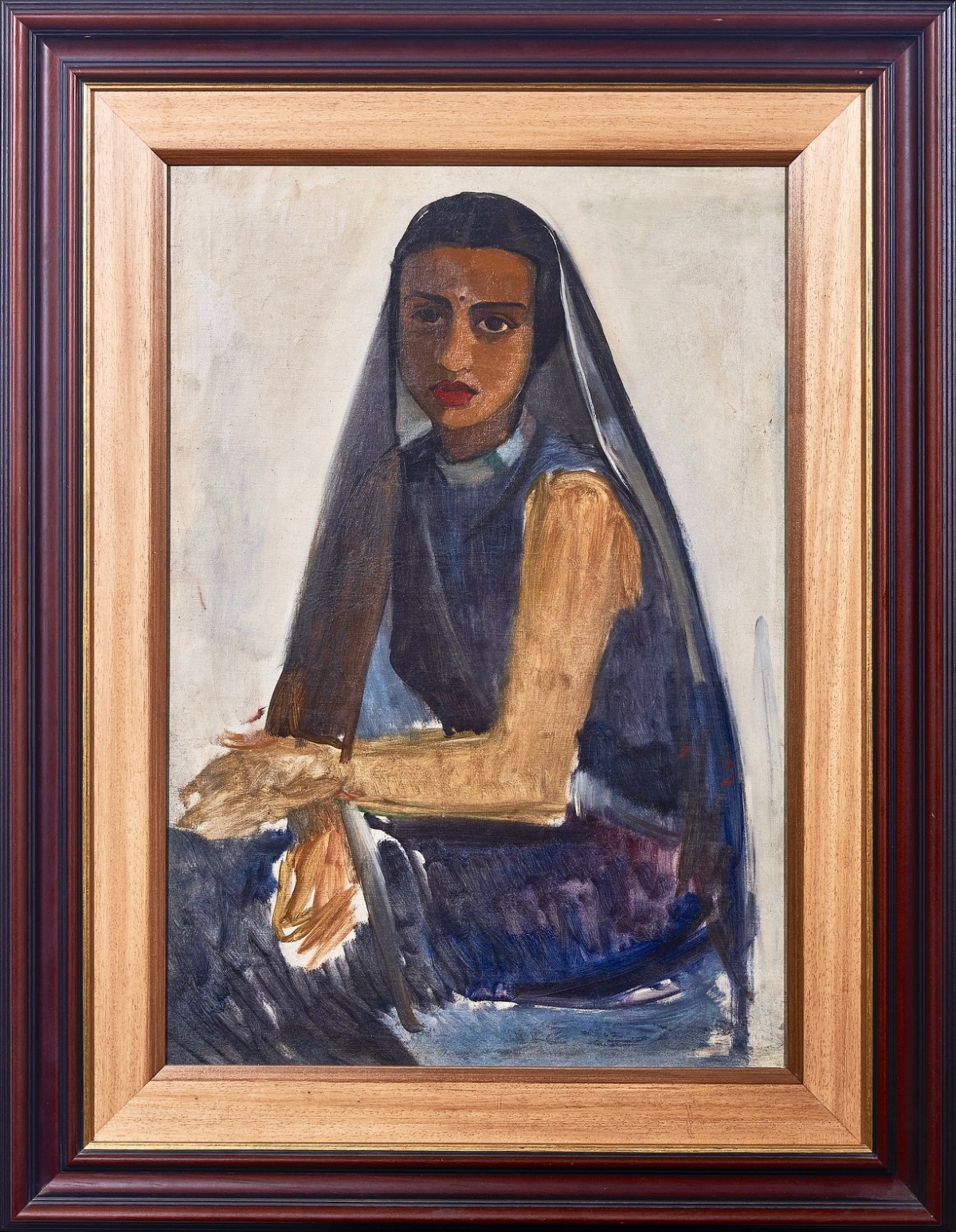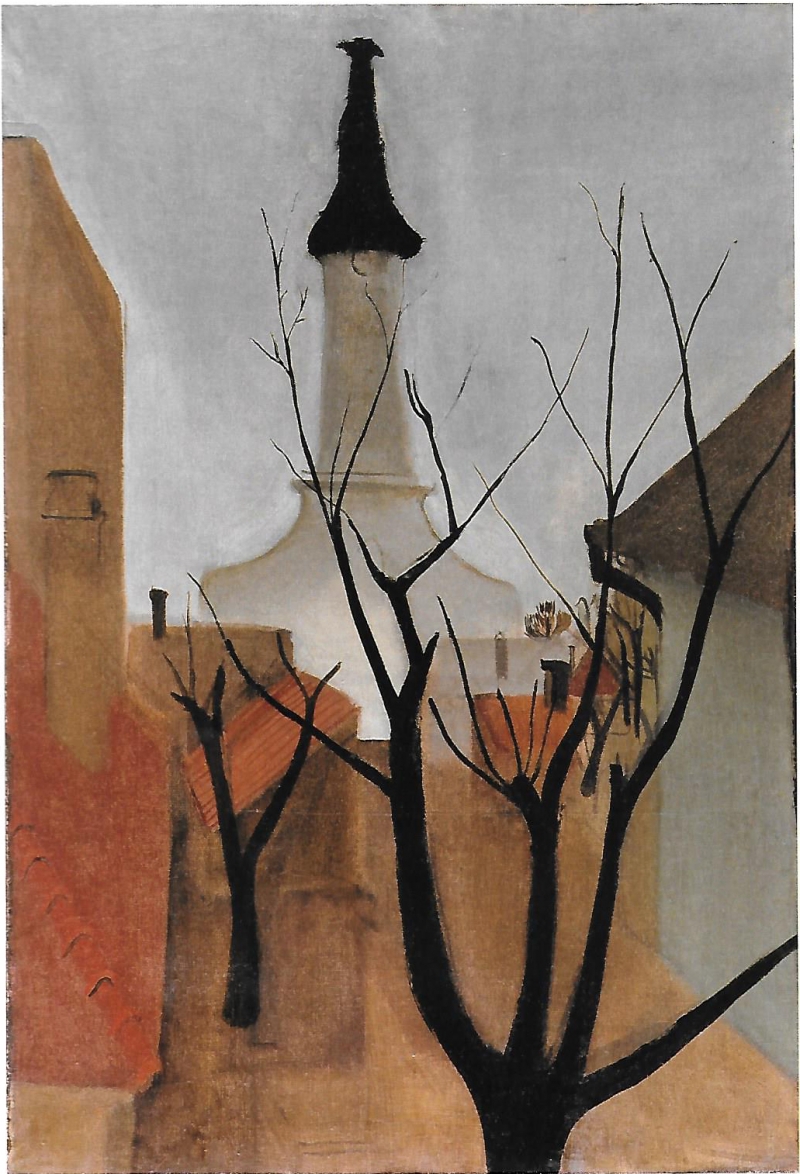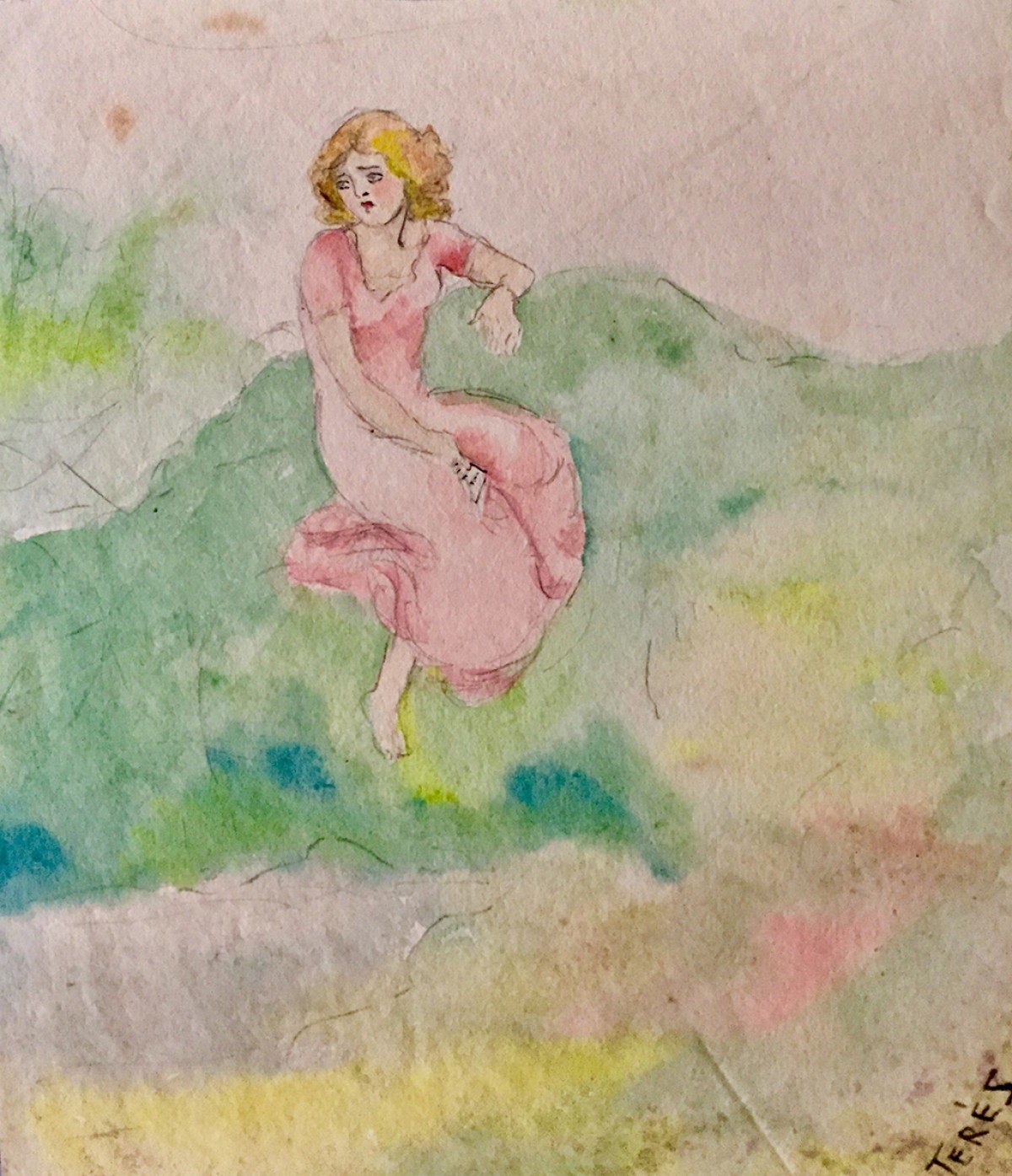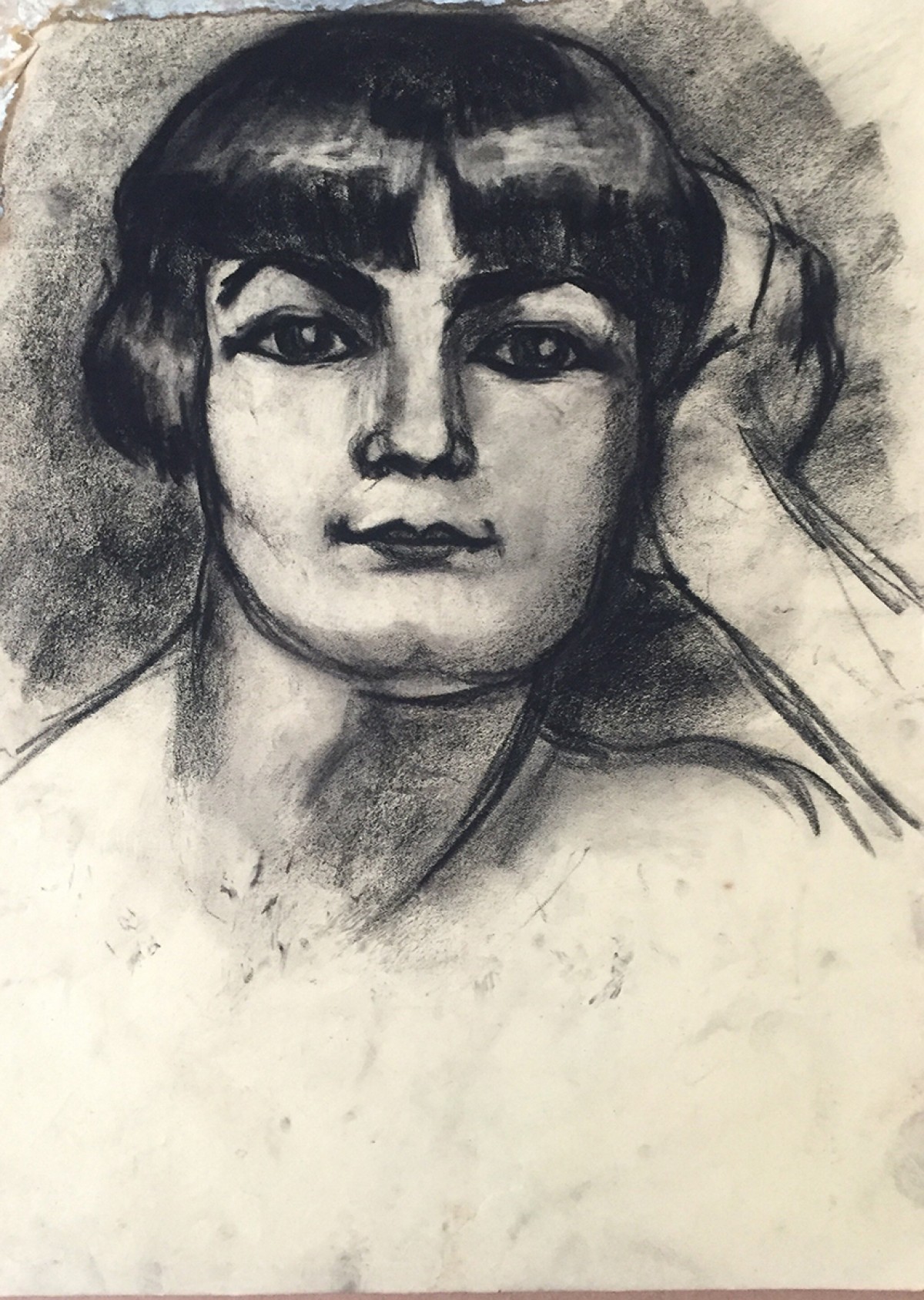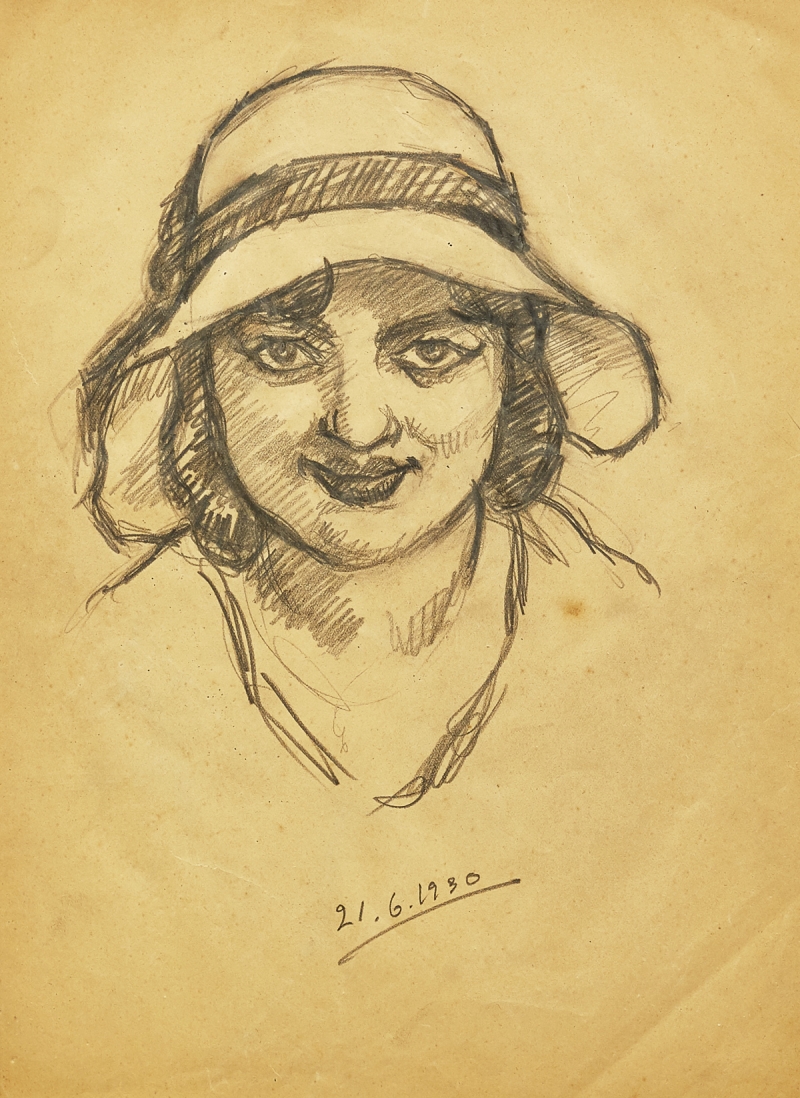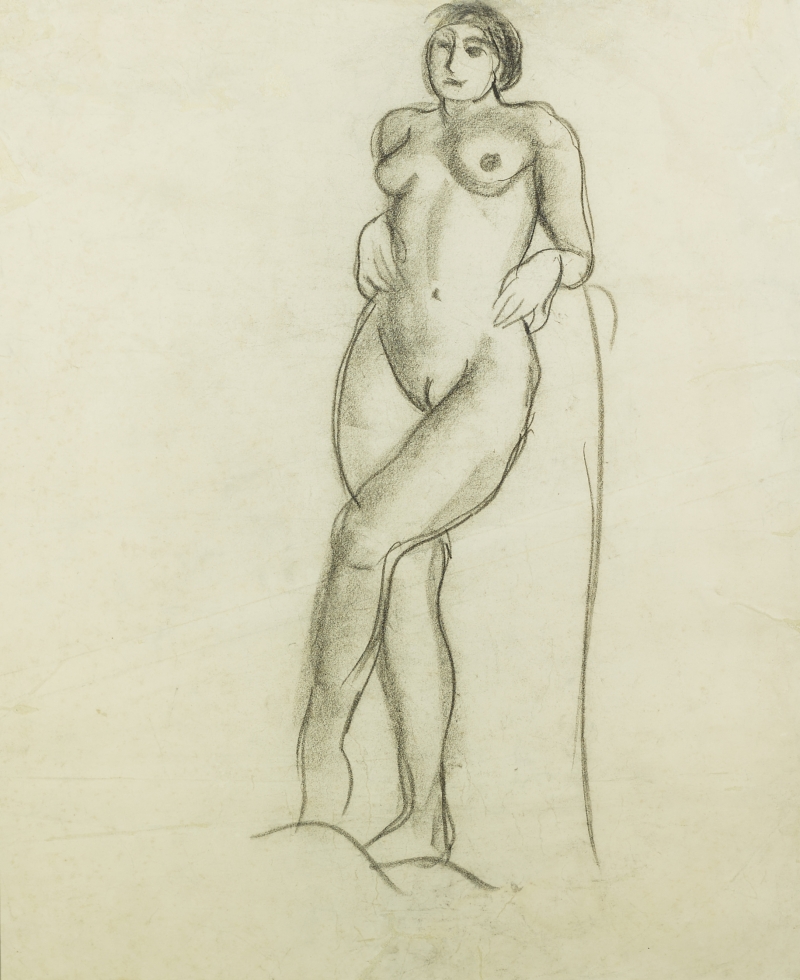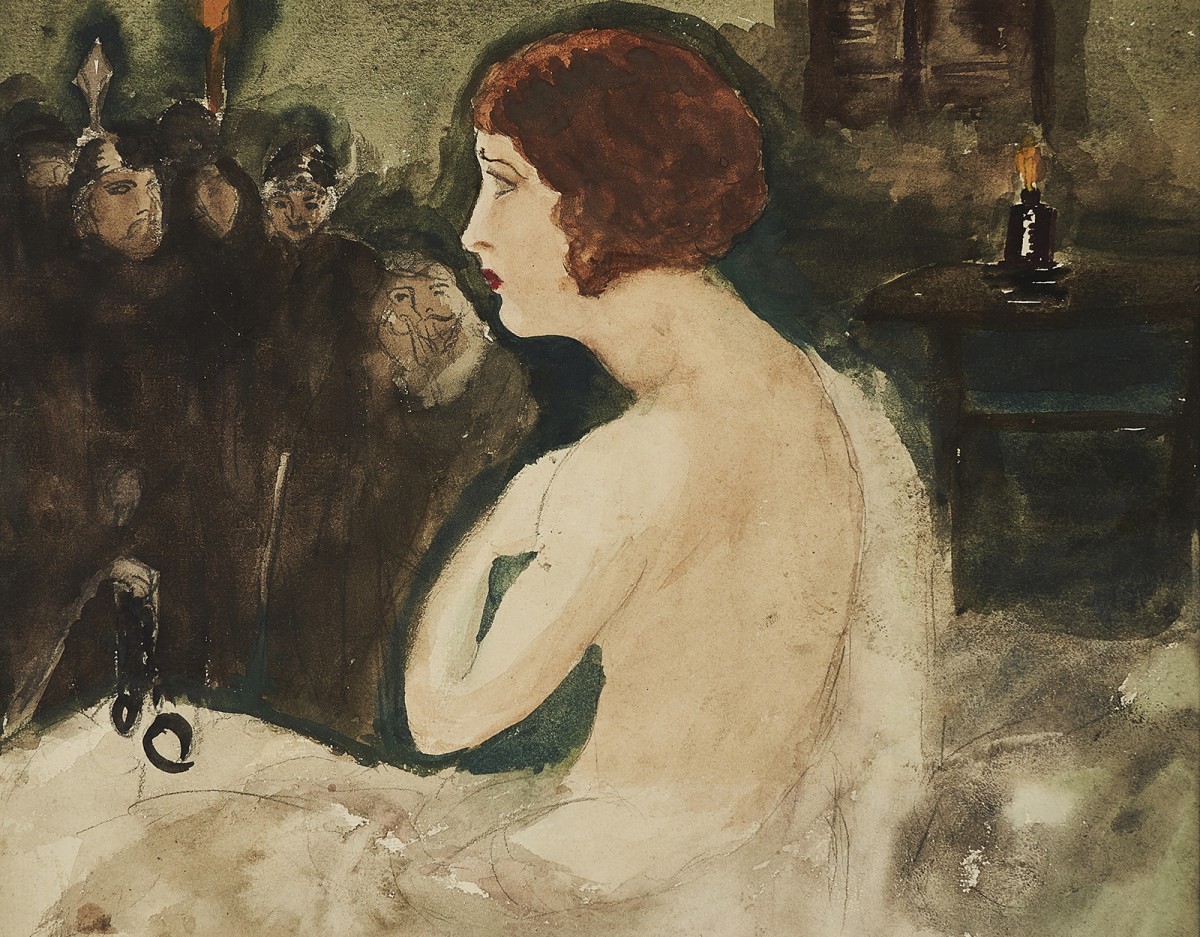
AMRITA SHER GIL
Akara Modern
1913 -1941
Born
in Budapest, Amrita Sher-Gil was the first noteworthy female artist to emerge
out of India in the 1930s. On joining the École des Beaux-Arts, Paris in 1929,
her painting style reflected the European idiom, owing to its naturalism and
textured paint application. During her time in Paris, she was exposed to the
work of Paul Cézanne, Amedeo Modigliani and Paul Gaugin. Her style underwent a
radical change upon her return to India. The colours, textures, vibrancy, and
earthiness of the people had a deep impact on the young artist. Consequently,
she appropriated the language of miniatures in her works. She sought to
reconcile her modern sensibility with traditional art-historical resources.
This change was inspired by her travels within the country and explorations of
the dynamic art styles that it withheld. Unfortunately, Sher-Gil’s career was
cut short when she died of a sudden hemorrhage in 1941 at the age of 28,
following her move to present-day Lahore. In her short life, Amrita has
produced an extensive body of work.
Sher-Gil
wrote several essays on art and penned various letters to her family and
friends expressing her thoughts on Modern Indian Art and the vision she
believed it could attain. Consequently, she played an indispensable role in the
articulation of twentieth century Indian art and is a prominent influence for
multiple generations of Indian artists.
Sher-Gil’s works have been declared national art
treasures by the Government of India.Images

